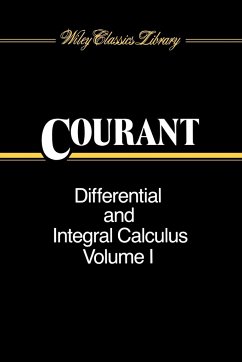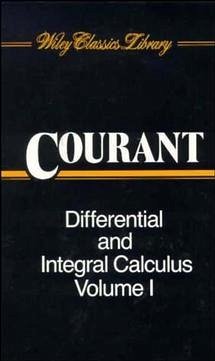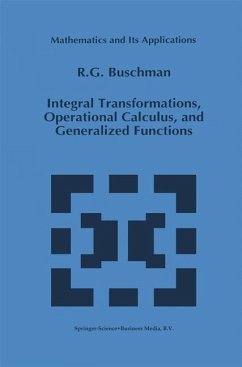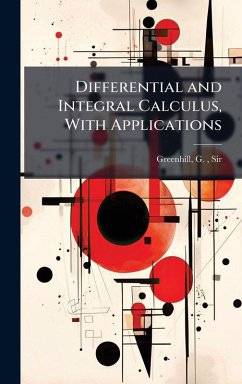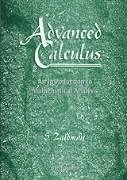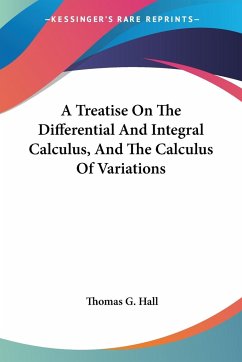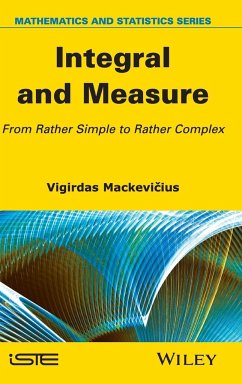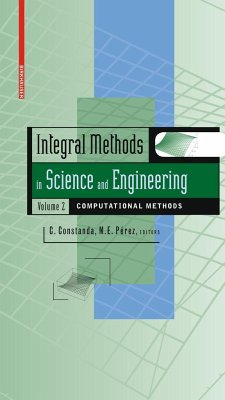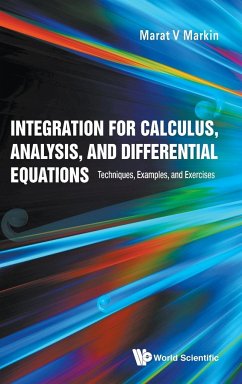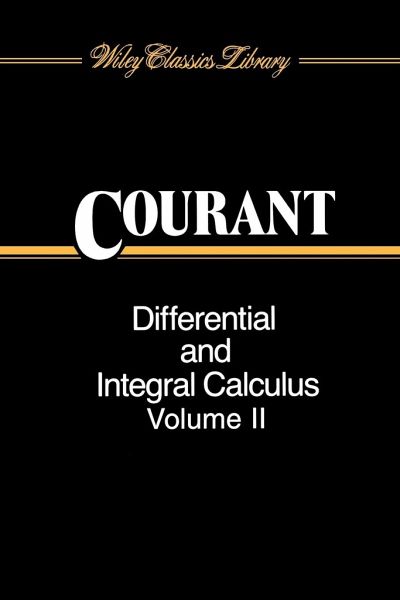
Differential and Integral Calculus, Volume 2

PAYBACK Punkte
106 °P sammeln!
Volume 2 of the classic advanced calculus text Richard Courant's Differential and Integral Calculus is considered an essential text for those working toward a career in physics or other applied math. Volume 2 covers the more advanced concepts of analytical geometry and vector analysis, including multivariable functions, multiple integrals, integration over regions, and much more, with extensive appendices featuring additional instruction and author annotations. The included supplement contains formula and theorem lists, examples, and answers to in-text problems for quick reference.



